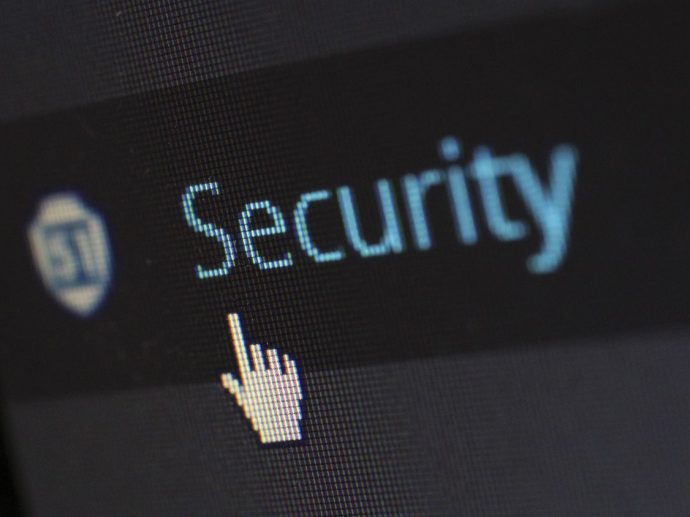Categories more
- Adventures (17)
- Arts / Collectables (15)
- Automotive (37)
- Aviation (11)
- Bath, Body, & Health (77)
- Children (6)
- Cigars / Spirits (32)
- Cuisine (16)
- Design/Architecture (22)
- Electronics (13)
- Entertainment (4)
- Event Planning (5)
- Fashion (46)
- Finance (9)
- Gifts / Misc (6)
- Home Decor (45)
- Jewelry (41)
- Pets (3)
- Philanthropy (1)
- Real Estate (16)
- Services (23)
- Sports / Golf (14)
- Vacation / Travel (59)
- Watches / Pens (15)
- Wines / Vines (24)
- Yachting / Boating (17)
Innovative Patrolling Strategies Used by Security Companies
Published
01/29/2025Due to the enhancement of threats over technology, security companies have floated novel patrolling techniques to cope with the changing dynamics. Policing is about visibility for crime prevention and fast response to incidents occurring within society. In this blog post, the author outlines some of the most effective contemporary patrolling techniques used by security companies that make a lot of difference in terms of safety and efficiency improvement.
1. Drones for Aerial Surveillance
Among remarkable advancements in security patrolling is the use of drones. Some security companies are now incorporating drone use for aerial surveillance, given the capability of real-time surveillance of large areas, such as campuses, industrial sites, and neighborhoods. With drones, the possibility of giving a broader angle of observation of the premises compared to the patrolling officers is an added advantage. These UAVs feature high-definition visual and infrared cameras where security officers can identify any threat, regardless of lighting or other concealment.
2. GPS-Enabled Smart Patrols
Security companies now use GPS technology to monitor and manage how their bodyguard navigate their beats. These smart patrol systems allow security personnel to move only along the specified routes, yet no area is left uncovered at the same time. Guards can be assigned specific areas to conduct inspections, which allows them to track their work in real time from a control room. The usage of GPS tracking options ensures the involvement of security companies, which plays a major role in increasing accountability and minimizing inefficient strategies. If a guard does not reach a checkpoint within the expected time, then the overlying system can raise an alert, and action should be taken. Also, such systems in security firms can be used to monitor the patrol and determine the areas that need attention most.
3. Mobile Patrol Applications for Instant Messaging
The conveniences of the old days, such as using radios or simple logs when on patrol, can now be considered past things. Most security organizations have adopted mobile patrol applications that help the security staff exchange real-time information, incident reports, and other updates. These applications enable security officers to feel connected with the rest of their colleagues and the management since a reliable communication line is created to report any suspicious activities, call for assistance, or update the management on the change of events.
4. Robotic Patrol Vehicles for Low-Risk Duties
Robots have made their way to the overcrowded security field through robotic patrols. These mobile robotic tools are programmed to move, observe, or monitor certain regions through cameras, sensors, and other features. Most robotic patrollers are applied to activities that are mostly mundane and require minimal intervention; these include guarding car parks, lobbies, or corridors. They are programmable to move around, since motion, and perform people interaction by either generating an alarm or guiding them.
5. Criminals' Subversion of Artificial Intelligence and threatened Artificial Intelligence machines.
Security systems are being implemented with AI and ML to enhance the efficacy of patrolling functions. For instance, AI surveillance cameras are capable of processing videos instantly and identifying signs of breach like intrusion, lingering, or unauthorized motion. These intelligent systems can learn from past occurrences and build up a better knowledge base to identify future occurrences.
6. A more general version of virtual patrolling can be virtual patrolling with remote monitoring. Whereas conventional patrolling traditionally requires a physical presence, modern virtual patrolling is also on the rise, mainly in hard-to-reach areas. Security firms can now conduct 'low-light' surveillance, whereby they monitor all security cameras, alarms, and other security features from a security control room.
7. Critical Factors to Consider Towards Proactive Patrolling Using Predictive Analytics
Predictive analytics is a prerequisite for effective proactive patrolling, since the latter is all about prevention. Using information from previous events, security organizations can predict when, where, or at what time an offense is most likely to take place; they can then enroll guards in areas most vulnerable. Security can use predictive analytics to examine trends from crime statistics, social media activity, weather, and more as a threat model. This helps security teams be proactive rather than reactive, making safety more effective and operations more efficient.
8. Mobile Surveillance Units, abbreviated as MSUs
Mobile surveillance units are a relatively recent addition to a wide range of uncommon patrol techniques. These units incorporate surveillance cameras that are mobile in nature because the cameras are installed on vehicles. Mobile surveillance units patrol areas on different occasions and can be quickly deployed to accommodate the various needs of a specific Dubai security company. This flexibility in managing these units' transportation to other sites increases response time and ensures adequate surveillance. MSUs are best served by temporary locations like events, construction sites, or even locations that need regular checks and balances.
Conclusion
The security industry is dynamic and ever-changing, and so is the approach that comes with the security companies involved in protecting assets. The technological techniques of secured patrolling, secured drones, secured AI and secured surveillance, smart patrolling, robotic patrolling, etc., are among the strategies that are likely to revolutionize security companies. Security companies are continuing to incorporate new trends in their practices and increasing their speeds, improving security and providing better, more affordable services to firms.















